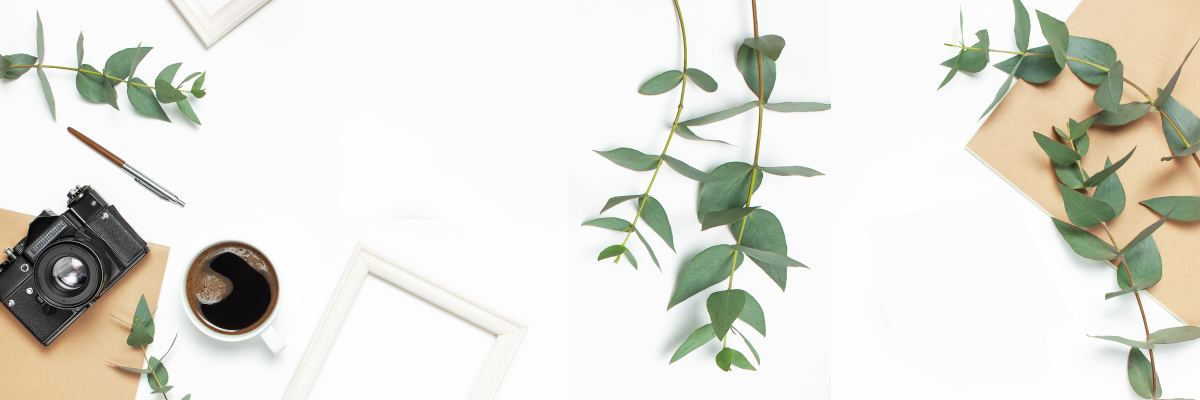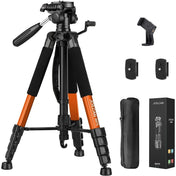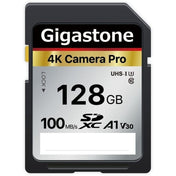Portrait photography is an art that captures the essence of a person, telling their story through light, angles, and emotions. Whether you're a budding photographer or a seasoned pro, enhancing your skills in lighting and angles can drastically improve your portraits. In this comprehensive guide, we’ll explore effective techniques to transform your portrait photography, ensuring your subjects shine with every shot. And yes, we’ll also touch on some gear that can help you, like the frequently sought-after LP-E6 battery.
Understanding the Importance of Lighting
Lighting is arguably the most critical element in portrait photography. It can make or break your images. Here, we delve into the various types of lighting and their effects on portrait photography.
Natural Light
Natural light can produce stunning and soft portraits. The golden hour — shortly after sunrise and before sunset — offers the best natural lighting conditions. It casts a warm, flattering glow over your subject and minimizes harsh shadows.
- Find Shade: If the sun is too harsh, seek shaded areas like trees or awnings to diffuse the light.
- Backlighting: Placing the light source behind your subject can create a glow effect around them. Use it wisely to enhance your photos.
Artificial Light
When natural light is insufficient, artificial lighting comes into play. Here are some effective setups:
- Softboxes: These create soft, diffused light, reducing shadows and providing beautiful illumination for your portraits.
- Reflectors: Use these to bounce and enhance existing light. Reflectors can help fill in shadows and create balanced lighting across your subject.
- Continuous Light Sources: LED panels or tungsten lights can help maintain consistent exposure, allowing you to shoot without the need for multiple equipment changes.
Regardless of your lighting choice, consider investing in reliable equipment, like an LP-E6 battery. This battery can provide longer shooting times and ensure you don’t miss those crucial moments during your portrait sessions.
Choosing the Right Angles
Angles play a unique role in the storytelling aspect of portrait photography. The way you position your camera can significantly alter the mood and perception of your subject.
Eye Level
Shooting at eye level is the most neutral approach and works well for a classic portrait. This angle shows your subject as they truly are, establishing a connection with the viewer.
High Angle
A high angle can make your subject appear smaller or more vulnerable, which can evoke a specific emotion in the viewer. It’s an interesting technique, particularly useful in storytelling or dramatic portraiture.
Low Angle
Conversely, a low angle emphasizes your subject's strength and dominance. It can create a sense of grandeur and make the viewer looking up at the subject, adding a unique perspective to your portraits.
Creative Compositions
Composition is key in any form of photography, and portrait photography is no exception. Think like an artist and break down your compositions into simpler terms.
Rule of Thirds
Using the rule of thirds helps create balanced images. Imagine a grid over your photo, breaking it into nine equal rectangles. Position your subject along these lines or at their intersections for a more aesthetically pleasing arrangement.
Leading Lines
Take advantage of natural lines in your surroundings to guide the viewer's eye toward your subject. This could be a path, staircase, or any lines that can draw attention to the focal point of your portrait.
Framing
Use elements within your scene to frame your subject. This could be branches, doorways, or architecture. Framing adds depth and context, making your portraits feel more polished and complete.
Incorporating Backgrounds Wisely
The background can greatly impact your portrait photography. Ensure that it complements rather than distracts from your subject.
Simplifying Backgrounds
Using a simple background helps to keep the focus on your subject. Consider using solid colors or even a blurred background (achieved through aperture settings) to emphasize your portrait.
Textured Backgrounds
Textures can add interest to your portraits. Look for interesting walls, fabrics, or environments that relate to your subject’s personality or story.
Colors and Patterns
Picking backgrounds with colors that emphasize your subject's wardrobe or skin tones can create a stunning contrast that enhances your portrait. Look for harmonious colors that work well together.
Post Processing and Enhancements
Editing is an essential step in modern portrait photography. Post-processing can elevate your shots from good to exceptional.
Basic Touch-ups
Start by adjusting brightness and contrast to enhance the natural colors of your portrait. Additionally, consider softening skin tones to achieve a flawless finish while maintaining the subject's natural features.
Color Grading
Experiment with color grading to evoke specific moods. Warm tones can create a cozy feeling, while cooler tones can produce a more subdued effect. Find a balance that matches your subjects and the story they tell.
Sharpening and Noise Reduction
Don't neglect the details. Sharpening your portrait can bring out the features of your subject effectively, while noise reduction can clean up any unwanted graininess, especially in low-light portraits.
Engaging with Your Subject
Finally, the relationship between the photographer and the subject is vital for capturing authentic expressions and emotions in portrait photography.
Establishing Comfort
Make sure your subject feels comfortable and at ease. Engage in relaxed conversation or play their favorite music during the shoot to put them in a good mood, triggering genuine smiles and laughter.
Directing Poses
Give gentle instructions on how to position themselves. Avoid stiff poses — instead, encourage natural movements and expressions. This could involve asking them to shift their weight or lean slightly to the side for a more dynamic shot.
Unlocking Your Portrait Photography Potential
Portrait photography is a detailed and engaging discipline that thrives on creativity and technical skill. By mastering lighting and angles, employing smart composition, and knowing how to engage with your subjects, you can capture stunning portraits that resonate with viewers. Whether utilizing natural light or artificial sources and ensuring your LP-E6 battery is fully charged for extended shoots, gaining control over your technique will undoubtedly elevate your portrait photography game.
Keep practicing, explore new techniques, and let your unique style shine through every click of the shutter. Embrace the art of portrait photography, and watch as you begin to create mesmerizing images that tell stories and capture hearts.
Embark on a journey through the Shopify store of another user. Click here to visit their store. Please note that this is a promotional link, and we do not guarantee the content of the linked store.











